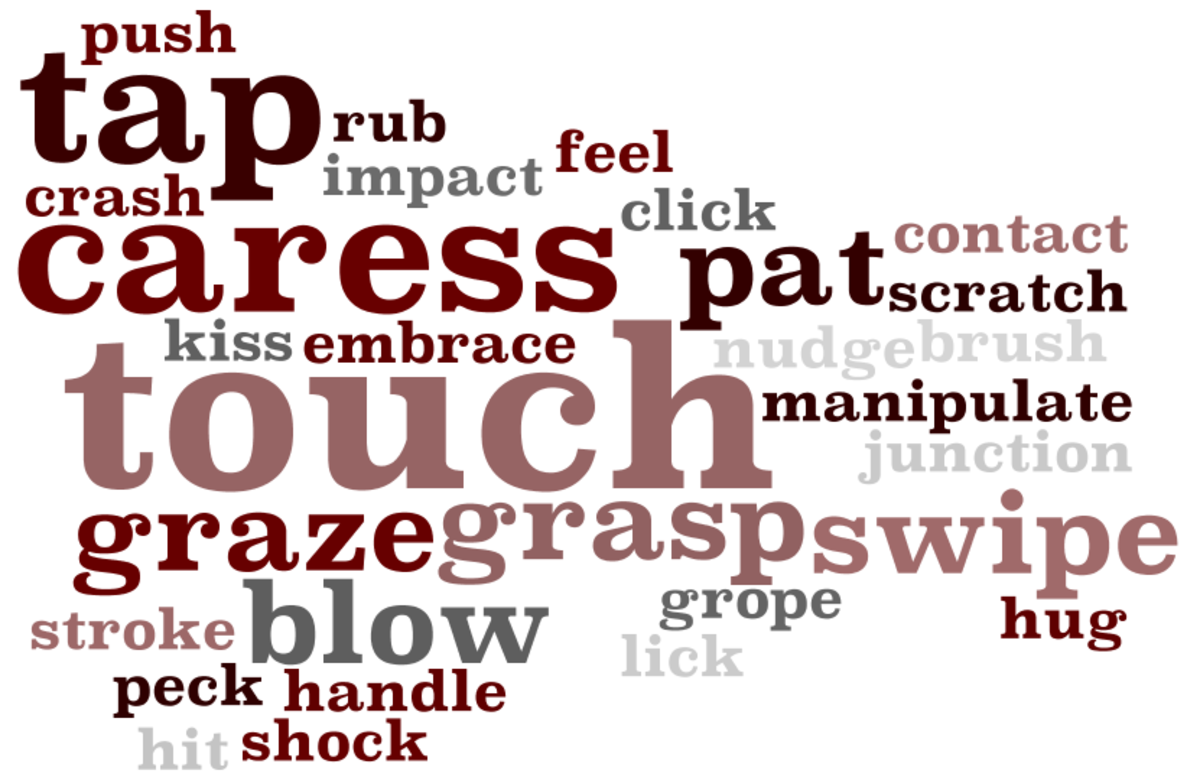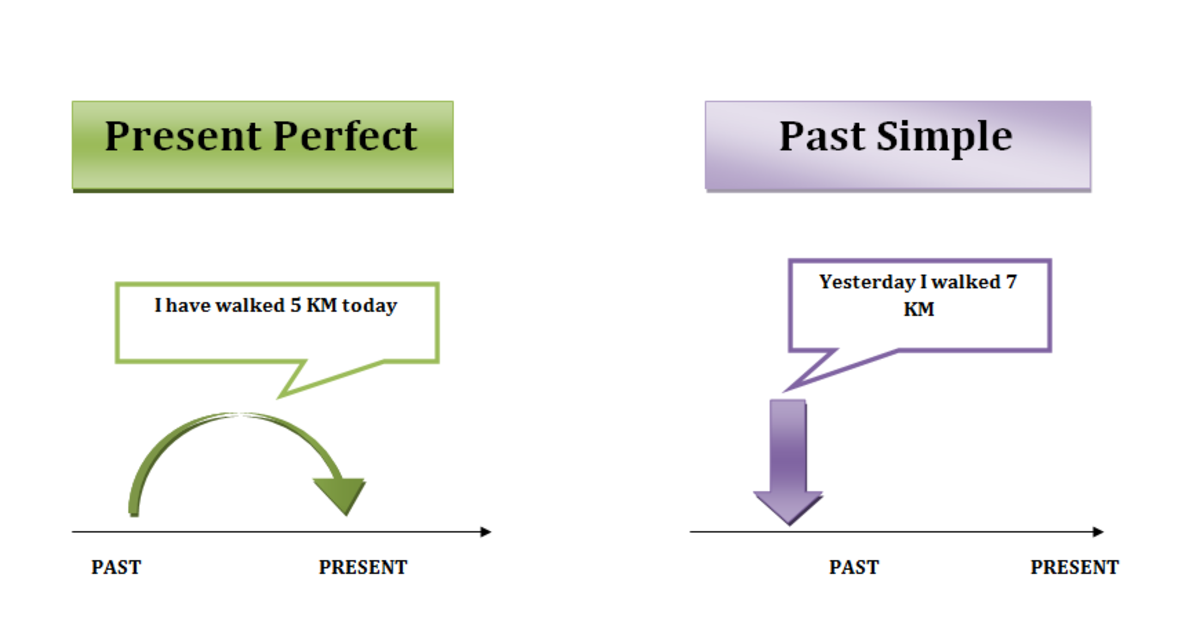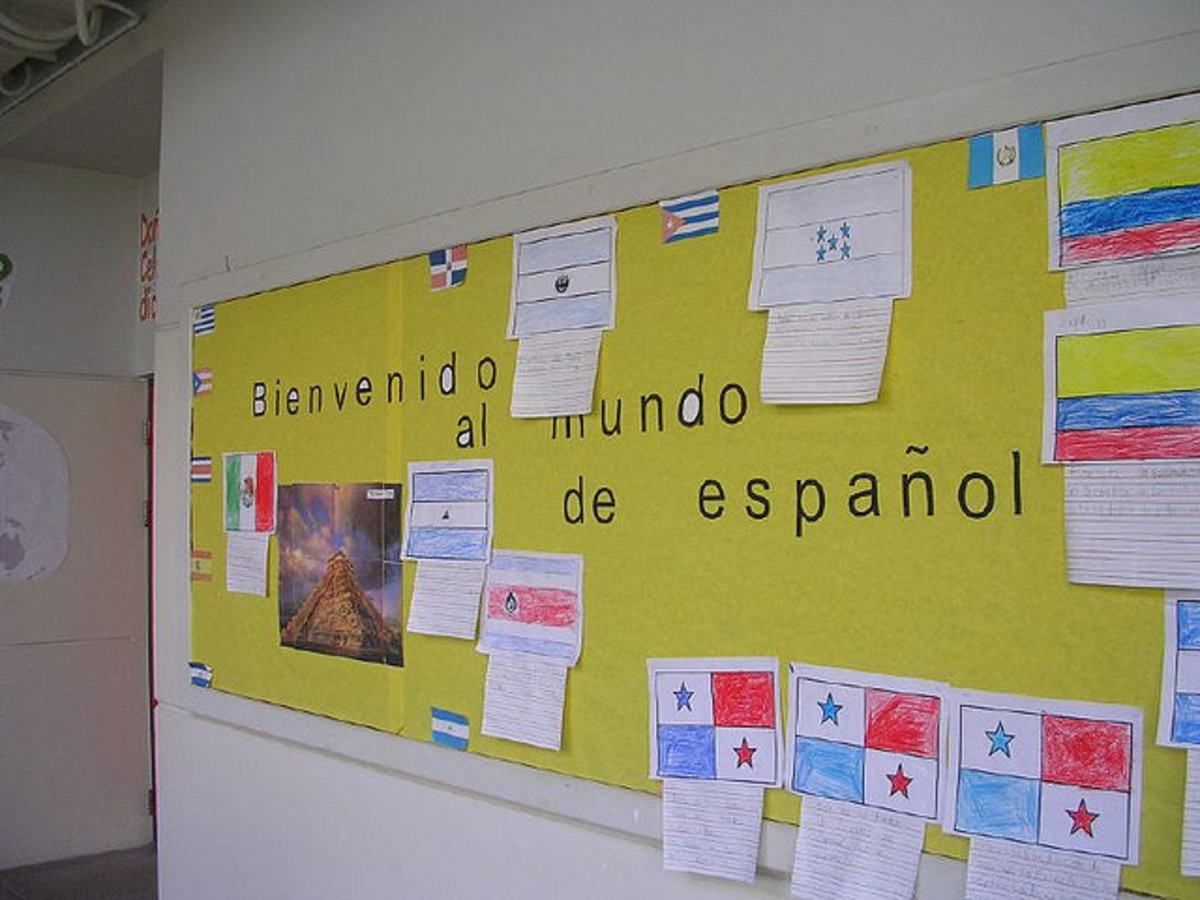Spanish Lesson Eighty: Present Perfect Subjunctive

Hey Friends!
Thanks so much for reading my lessons. It's been almost two years since I started! Can you believe how much time has passed by so quickly? Anyway, I took a break from writing Spanish lessons and blog posts to get a little ahead with some other things I've been working on (please forgive me). I hope you are all ready to get serious once again as I introduce a new Compound Tense to you. There are only TWO more to introduce after this one (Lessons Eight-Five and Ninety). I will then take a Two Month break (after lesson One Hundred) from Foreign Languages to work on some other things. Then we'll start learning some Portuguese. Does that sound fun?
Last lesson was on Superlatives... basically the "Greatest" and "Biggest" things. That lesson was fun to write and it helped me out. I knew very little on the topic before writing about it. Sometimes I have to do my research or refresh my memory. Anyway, thanks for reading and welcome back to Spanish!!

Today's Goals
- To Review the Subjunctive
- To Learn How to use the Perfect Subjunctive
- To Be Able to recognize matters requiring the Subjunctiv
Traduzca: Contento
Perfecto de Subjuntivo?
Hey Friends,
Yes, every singular tense has a compound counterpart, even the Subjunctive. I know, I know, it seems like we go back to the Subjunctive a lot. The reason for this is because it's not in the English language and we'll never conscientiously keep it in mind when using the Spanish language. However, it's very commonly used and essential if you want to be fluent in the Spanish language
Anyway, the Present Perfect Subjunctive requires Haber to be conjugated into its subjunctive form (which is the same as the Present Subjunctive) plus a participle. It's really not that hard. You just need to remember when to actually use the Subjunctive. Don't worry, I'll remind you. ;)

English Word
| Spanish Equiv
|
|---|---|
Dry
| Seco(a)
|
Equally
| Igualmente
|
Question
| La Pregunta
|
To Interview
| Entrevistar
|
Clean
| Limpio(a)
|
Sufficiently
| Suficientemente
|
School
| La Escuela
|
To Restore/To Reinstate
| Restaurar*
|
Useful
| Útil
|
Generally
| Generalmente
|
Field/Country
| El Campo
|
To Wear/To Dres
| Vestir
|
Daily/Everyday
| Cotidiano(a)*
|
Immediately
| Immediatamente
|
Equipment/Team
| El Equipo
|
Today's Vocabulary
Hey Friends!
Welcome to today's vocabulary. We haven't had a list this long in a while. It's the perfect time because our lesson today doesn't involve any new vocabulary. The words with the asterisk next to it are words I've never seen before? So there's always a chance for even an experienced speaker of the language to learn a new word. Give the "Word of The Day" a try. Just go to Google and search "Spanish Word of The Day". Something will come up and you'll be on your next step to perfecting your Spanish!
I get the emails every day and it's a good way to review some older words too. If you've been reading my lessons, you probably can see several that you've learned way back in the day. That's good. Review is everything. The goal is to become fluent enough to get by. Interacting with native speakers will definitely help fluency. Give that a try when you can.
Haber In The Subjunctive
Yo
| Tú
| Él/Ella/Usted
| Nosotros
| Ellos/Ellas/Ustedes
|
|---|---|---|---|---|
Haya
| Hayas
| Haya
| Hayamos
| Hayan
|
When To Use Subjunctive
- Trigger Word + Que + Change of Subject
- W.E.I.R.D.O. Verbs- Wish, Want, Desire, Emotions, Impersonal Expressions, Requests, Doubt/Denial, Ojála.
- Subjective Opinions
Using The Perfecto de Subjuntivo
Alright friends.... let's learn a new tense!
So basically this tense is the exact mirror the "Present Subjunctive". The only difference is the presence of a participle to make it "Perfect". On the right you'll find some notes on how to determine if a sentence is Indicative or Subjunctive. These examples, however, will only be using the Subjunctive, so in this case, just keep note of the examples I've used for this. Now, let's look at some examples of how to use the Present Perfect Subjunctive.
Now if you'll remember. All sentences are either "Indicative" or "Subjunctive". Your notes describes what Subjunctive sentences are. Think the opposite for Indicative.
Dudo que Paula haya comido su comida. I doubt that Paula has eaten her food. Note that "Doubt" is specifically used in this sentence. Make sure you use the Subjunctive form of Haber instead of the Indicative form.
No creo que Paula haya comido su comida. i don't believe that Paula has eaten her food. When you don't believe something, it instills a doubt. The opposite of belief is disbelief and therefore makes it Subjunctive. Look at key things like this.
I would belabor this lesson, but there isn't real reason to. The conjugations for Haber are on the chart if you need them and you must understand when to use Subjunctive and when not to. I've reviewed the Subjunctive in recent lessons, so take a look at those. Past Perfect Indicative uses Indicative Haber and Past Perfect Subjunctive uses Indicative Haber. The real difference is the conjugation of the verb and context in which it's used. Keep close attention to that.
Oh! Next week we're going to discuss The Verb Tratar. See you next week!
- Present perfect subjunctive
- SUBJUNCTIVE with IMPERSONAL EXPRESSIONS (es bueno, es importante, etc) I - YouTube
A quick lesson explaining how to use the subjunctive when you have IMPERSONAL EXPRESSIONS sunch as "es importante" "es bueno" "es malo" "es possible" etc. We ... - Spanish Lesson - The Present Perfect Subjunctive - YouTube
This video will cover how to form the present perfect subjunctive. I you have not yet learned the present perfect, or present subjunctive with impersonal exp...
© 2014 AE Williams





